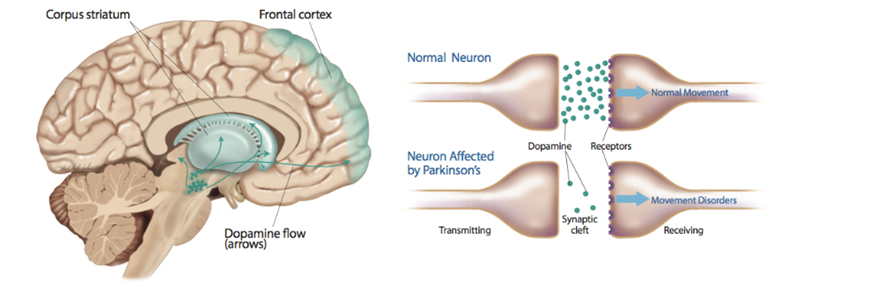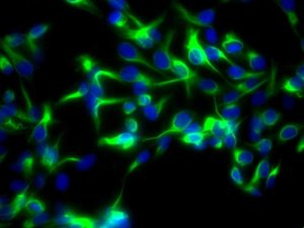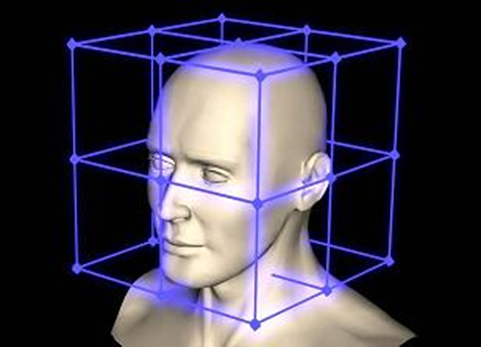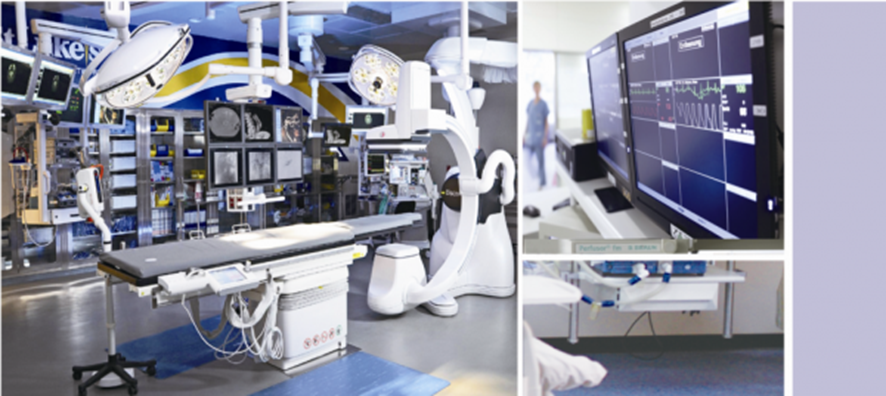The most important pathological change of Parkinson’s disease is degeneration and death of cholinergic neurons that release dopamine (DA), thus causing significant decrease in corpus striatum DA and leading to the disease. Parkinson’s disease has an insidious onset and slow progress. Usually, initial symptoms are one-sided body tremors or an inability to carry out activities and increased clumsiness whilst doing simple tasks. Clinical symptoms are resting tremors, bradykinesia, myotonia and problems in gait and posture, In recent years, depression and non-motor symptoms, such as constipation and sleep disorder, have also become common chief complaints in patients with Parkinson’s disease. Interestingly, these symptoms have more of an impact on patients’ quality of life than motor symptoms.

Minimally Invasive Brain Repair + hRPE Implantation

Minimally Invasive Brain Repair is the latest surgical approach to treat Parkinson’s disease. This procedure is performed with stereotactic techniques, and the guidance of an advanced imaging system that accurately locates the target location which allows the surgeon to then replace damaged cells with healthy ones.
hRPE (Human Retinal Pigment Epithelial) Cells are adult multipotent cells that are found in the retina of the human eye. The original function of these special cells is to produce dopamine that participates in the pigmentation process inside the retina.
Due to their function, hRPE cells are a new and most promising solution for Parkinson’s Patients who suffer from degeneration of their dopaminergic cells as hRPE cells can replace degenerated dopamine-producing neurons in the nigrostriatal pathway and provide a source of increased dopamine production to promote recovery of motor functions in Parkinson’s patients.
Cells are being injected, within a single operation, into 4 targets in the Putamen area of the brain, using the 3D MRI-image guided-stereotactic technique.
With this combination, the treatment effect is greater than traditional therapy as well as having a lower surgical risk. It can greatly reduce tremors, prolonged muscle contractions and rigidity while improving movement continuity, movement initiation and balance, muscle tension, slurred speech and reducing freeze ups.

Patient’s Talk
https://www.youtube.com/watch?v=aPgp8zAZPwM









